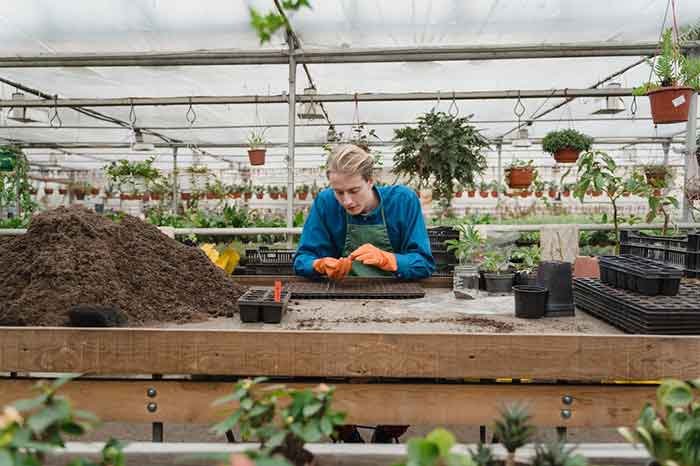How to Grow and Maintain Flowers Garden

Growing and maintaining flowers can be a rewarding and fulfilling hobby. Whether you’re a seasoned gardener or a beginner, these five essential tips will help you achieve thriving and vibrant blooms in your garden.
5 Essential Tips for Growing and Maintaining Beautiful Flowers
Flowers are not only a means for bees to make honey but are also very important for human beings to add color in various settings, especially at parties and weddings. Furthermore, they are significant in both natural settings and man-made situations.
Finding the perfect arrangement of flowers at a wedding is quite difficult since everyone has their own sense of style. Even a simple monotonous table can be made appealing by adding a vase of flowers to it.
Specialists at Flowers For Everyone have come up with a few tips and tricks to take care of indoor as well as outdoor flowers.
1. Soil is the Soul

The soil consists of organic matter and minerals. Decayed microorganisms and plants make up the organic matter, while the rocks break down from weathering to create the minerals. When the soil does not contain what the plants need, they may grow poorly or die.
Plant roots take up nutrients and use them to grow and produce flowers. Fertilizers are essential for plants. Click here to learn more from a professional landscaping company.
A soil’s water-holding capability varies by soil type, with heavy clay soils being the most water retentive and sandy soils being the most porous and draining quickly, hence soil-type must be suitable for the flower-type you want to grow. Before you decide to grow any flower, make sure to do a bit of research on it and know about the suitable soil for the bud.
2. Rid Pests Before They Infest
Pesticides are chemicals that kill or manage the population of pests. There are many different types of pesticides on the market today, but the most common are herbicides and insecticides, which kill or manage unwanted plants and insects. The benefits of pesticides include increased food or flower production, increased profits for farmers (on an agricultural level), and the prevention of diseases.
But you need to know which pesticide is suitable for which plant. Buying the wrong pesticide may be harmful not just to the plant but also to the person planting it.
The chances of a pest invasion are less if the plants are indoors and set in a living room space. Nonetheless, you must keep a check every now and then.
3. Water and Flower Food for Cut Flowers

Once flowers are cut, they are deprived of the water, food, and growth hormones that are provided to them by the mother plant in the pre-harvest stage. In order to allow the cut flower to still bloom in a natural way, while retaining its form, flower color, scent, and leaf color, we need to supply it with flower food in the vase water. All cut flowers benefit from the nutrients in cut flower food when this is absorbed through the cutting edge of the stems. Good cut flower food should contain Ph regulators, water absorption promoters, and nutrients.
4. Sunlight or Shade

If the plant or flower is not cut, then its position is also very crucial. Although determining if a location will meet your plant’s sun requirements is not an exact science, it will give you a good idea of each garden area’s situation. When you go plant shopping, know what plants grow and where to make better purchasing choices. Daffodils, for example, grow and flower best in full sun, yet they do well under the canopy of a deciduous tree. In looking into geranium care I learned that it was just as easy to grow them in pots as it is to plant them in the ground, and you are then also able to move the pots indoors during the winter months.
5. Grooming
Grooming the flowers and their plants is necessary for them to grow to their full potential. Getting rid of the dead parts helps to speed their growth.
Things you can cut once you see them on the plant or flower are:
- Dead wood or leaf
- Damaged flower or wood
- Misplaced stems
If you decide to travel abroad or go on a summer vacation, then make sure to leave a list of “To-Do’s” for the person left in charge to take care of the plants and flowers and prevent them from wilting and dying in your absence.
Conclusion:
By following these five crucial tips, you can establish a flourishing flower garden or relish vibrant blooms indoors. Remember to select an optimal location, water and fertilize appropriately, maintain pruning and deadheading routines, and stay attentive to potential pests and diseases. With patience, care, and attentiveness, you will be rewarded with stunning, healthy flowers that bring joy and beauty to your surroundings.

news via inbox
Sign up and never miss out on the latest news and updates at HighStuff



